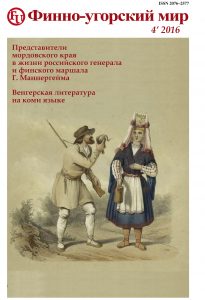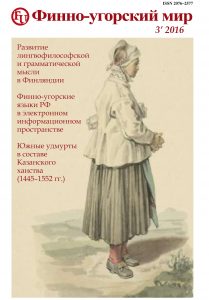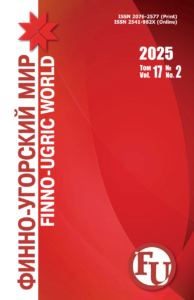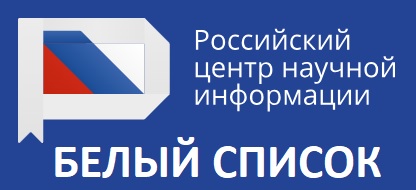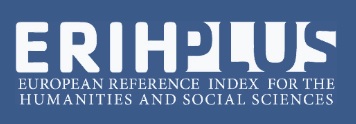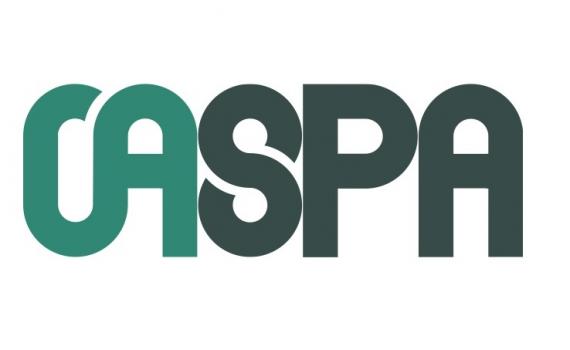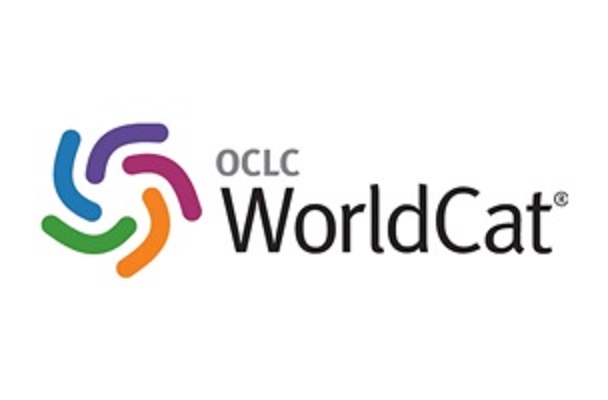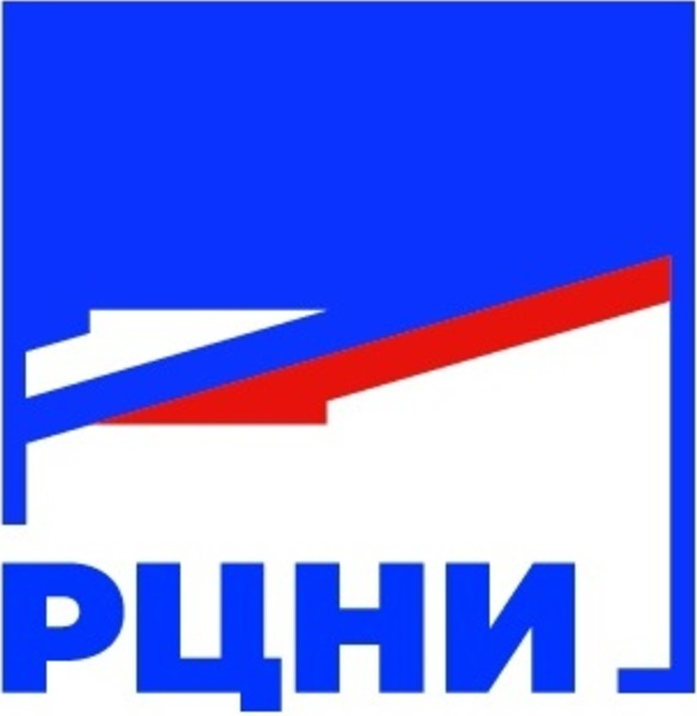Features of the poetry of the Udmurt children’s author G. A. Khodyrev
Razina Yulia N.,
Head of Literature and Folklore Office Udmurt State University (Izhevsk, Russia), juli66@list.ru
It shows the artistic originality of poetry of the Udmurt children’s poet G. A. Khodyrev (1932–1995), specificity of his world view. It gives specific examples showing the characteristic features of the poetics of children’s poems.
Keywords: Udmurt children’s poetry; Udmurt children’s writer; poem; poetics; the art world; artistry; ima gery; tradition; poetry.
1. Dal, V. (1989), Explanatory dictionary of live Great Russian language, in 4 Vol., Vol. 2, Moscow: Russian Language.
2. Dal, V. (1990), Explanatory dictionary of live Great Russian language, in 4 Vol., Vol. 3, Moscow: Russian Language.
3. Dal, V. (1991), Explanatory dictionary of live Great Russian language, in 4 Vol., Vol. 4, Moscow: Russian Language.
4. The Komi-Permyak-Russian dictionary (1985), Moscow: Russian Language.
5. The Komi-Russian dictionary (2000), Syktyvkar: Komi Press.
6. Lytkin, V. I. (1955), Dialectical reader on the Permian language, Moscow: AN SSSR Press.
7. Lytkin, V. I. (1990), Brief etymological dictionary of the Komi languages, Syktyvkar: Komi Press.
8. Rakin, A. N. (2016), The borrowed component of meteorological vocabulary of the Komi language, Bulletin of Ugric stydies = Vestnik ugrovedenija, № 1, p. 50–56.
9. Rakin, A. N. (2015), Meteorological vocabulary in Permian languages (system wide designations), Finn-Ugric Studies, № 1, p. 25–33.
10. The Russian-Komi dictionary (2003), Syktyvkar: Komi Press.
11. Dictionary of Russian dialects of the Middle Ural (1981), Vol. 3, Sverdlovsk: Ural University Press.
12. Dictionary of Russian dialects of the Middle Ural (1983), Vol. 4, Sverdlovsk: Ural University Press.
13. The dictionary of Russian folk dialects (1990), Is. 25, Leningrad: Nauka.
14. The dictionary of Russian folk dialects (2011), Is. 44, Saint Petersburg: Nauka.
15. Evgenyeva, A. P. ed. (1981), Dictionary of the Russian language, in 4 Vol., Vol. 1, Moscow: Russian Language.
16. Evgenyeva, A. P. ed. (1982), Dictionary of the Russian language, in 4 Vol., Vol. 2, Moscow: Russian Language.
17. Evgenyeva, A. P. ed. (1983), Dictionary of the Russian language, in 4 Vol., Vol. 3, Moscow: Russian Language.
18. Evgenyeva, A. P. ed. (1984), Dictionary of the Russian language, in 4 Vol., Vol. 4, Moscow: Russian Language.
19. Comparative dictionary of the Komi-Zyran dialects (1961), Syktyvkar: Komi Press.
20. The Udmurt-Russian dictionary (1983), Moscow: Russian Language.
21. Kalima, J. (1910), Die russischen Lehnwörter im Syrjänischen, Helsingfors.
22. Redéi, K. (1988), Uralisches etymologisches Wörterbuch, Band 1–2, Budapest, Akademiai Kiado.

